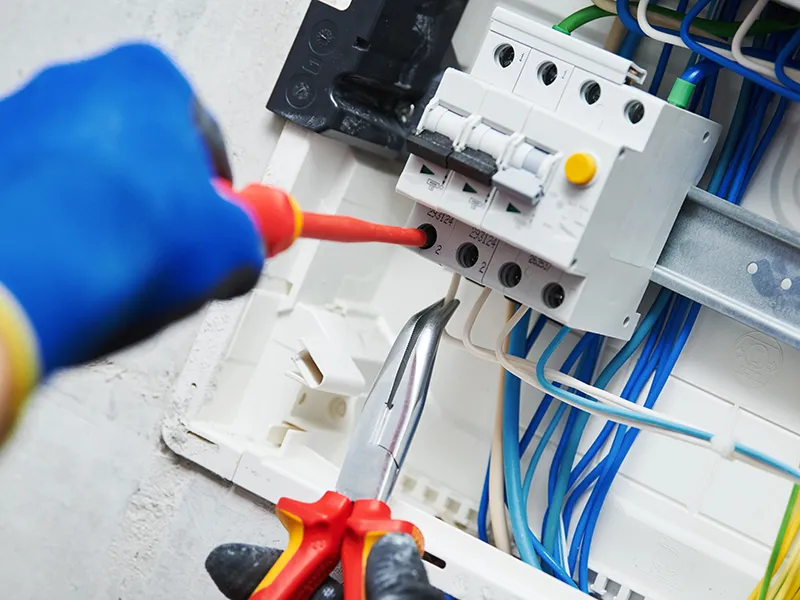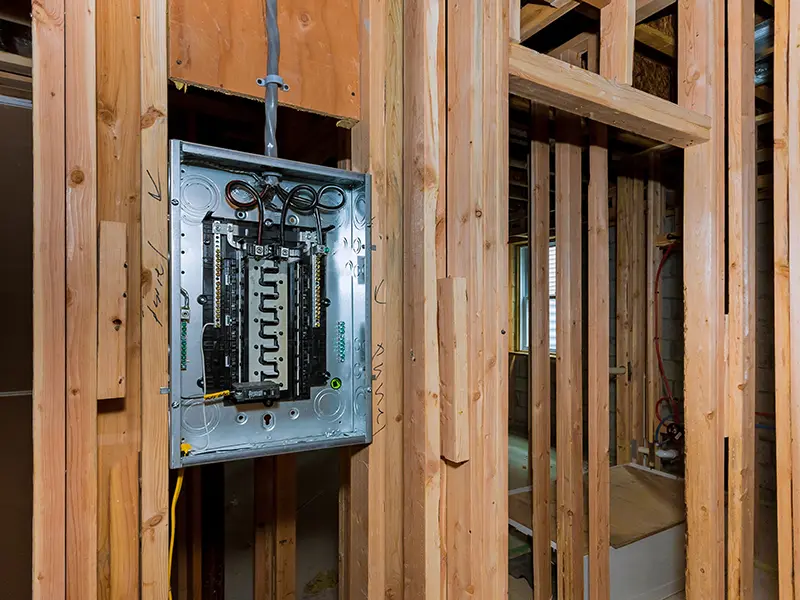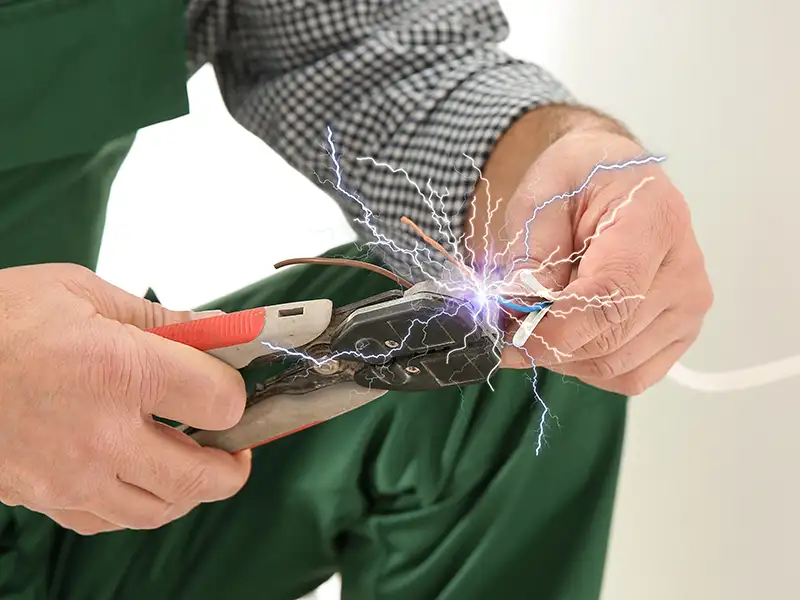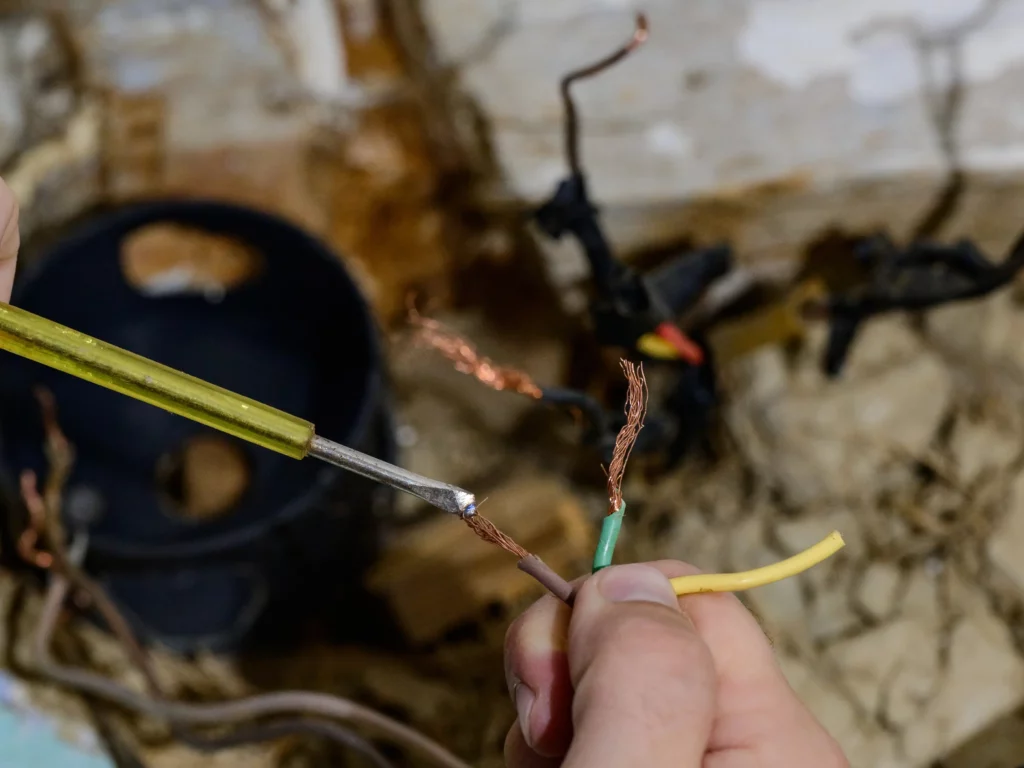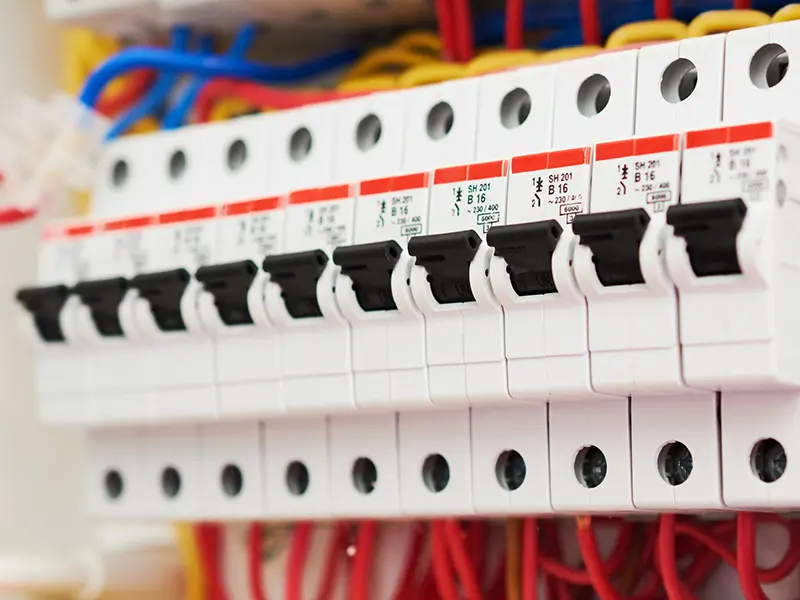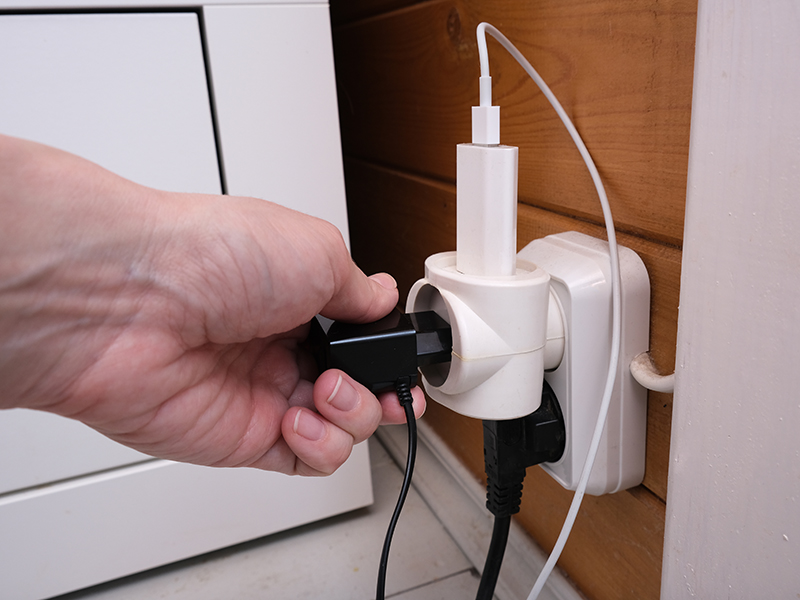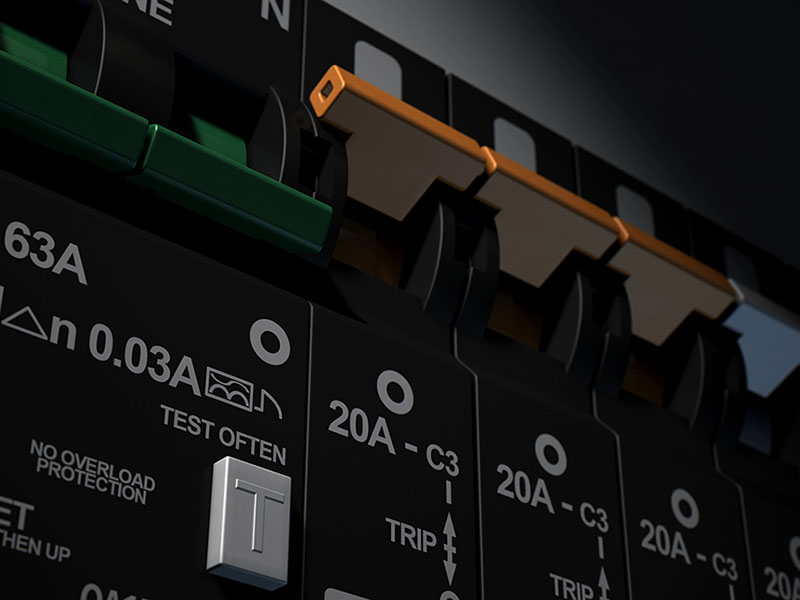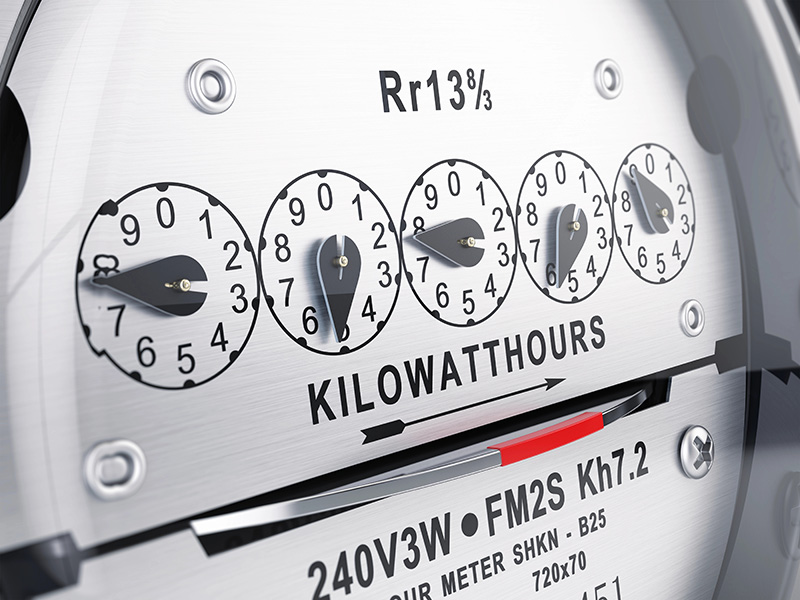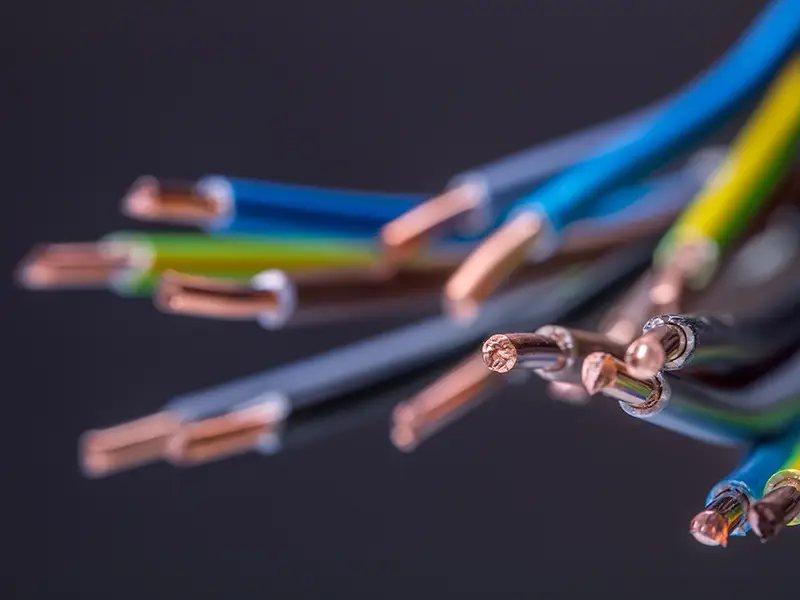circuit breaker
Upgrading Your Electrical Panel is a Smart Investment
In today’s tech-driven world, homes are consuming more electricity than ever before.
Read MoreHow to Prepare Your Home’s Electrical System for a Remodel
Planning a home remodel? Don’t overlook the electrical system—it’s the backbone of modern comfort and convenience. Whether you’re upgrading a kitchen, adding a room, or finishing a basement, it’s crucial to factor in your current electrical capacity and future needs. Start by consulting a licensed electrician early in the planning process. They can assess your…
Read MoreDIY Electrical Projects You Should Leave to the Pros
Tackling home projects yourself can be rewarding—and often cost-effective—but when it comes to electrical work, the risks can far outweigh the benefits.
Read MoreThe Dangers of Old Wiring (And When It’s Time to Replace It)
Outdated electrical wiring is more than just an inconvenience, it’s a ticking time bomb for homeowners. As wires age, their insulation can degrade, exposing them to moisture and creating the perfect conditions for short circuits and electrical fires. Furthermore, old wiring often cannot handle the demands of modern appliances, leading to overloaded circuits and increased…
Read MoreCommon Electrical Problems at Home (and How to Spot Them)
Electrical issues in your home can be more than just an inconvenience; they can pose serious safety risks if left unaddressed.
Read MoreCommon Electrical Hazards and How to Avoid Them
Electrical hazards pose significant risks in homes and workplaces, often leading to injuries, fires, or even fatalities. One of the most common dangers is exposed or frayed wiring, which can result from aging infrastructure, physical damage, or poor installation practices. These compromised wires can spark, causing electrical fires or severe shocks upon contact. Additionally, overloading…
Read MoreElectrical Accidents
Electrical accidents can happen in an instant and often result in severe consequences if not handled properly.
Read MoreTripping Breaker? Get It Fixed!
If one of your breakers keeps tripping, it’s a clear sign that something in your electrical system is demanding more power than the circuit can safely handle.
Read MoreThe Truth about Standby Power Consumption
Standby power consumption occurs when electrical devices consume energy even when turned off or in standby mode.
Read MoreElectrical Wire Gauge
Wire gauge is a measurement of wire diameter. This determines the amount of electric current a wire can safely carry.
Read More